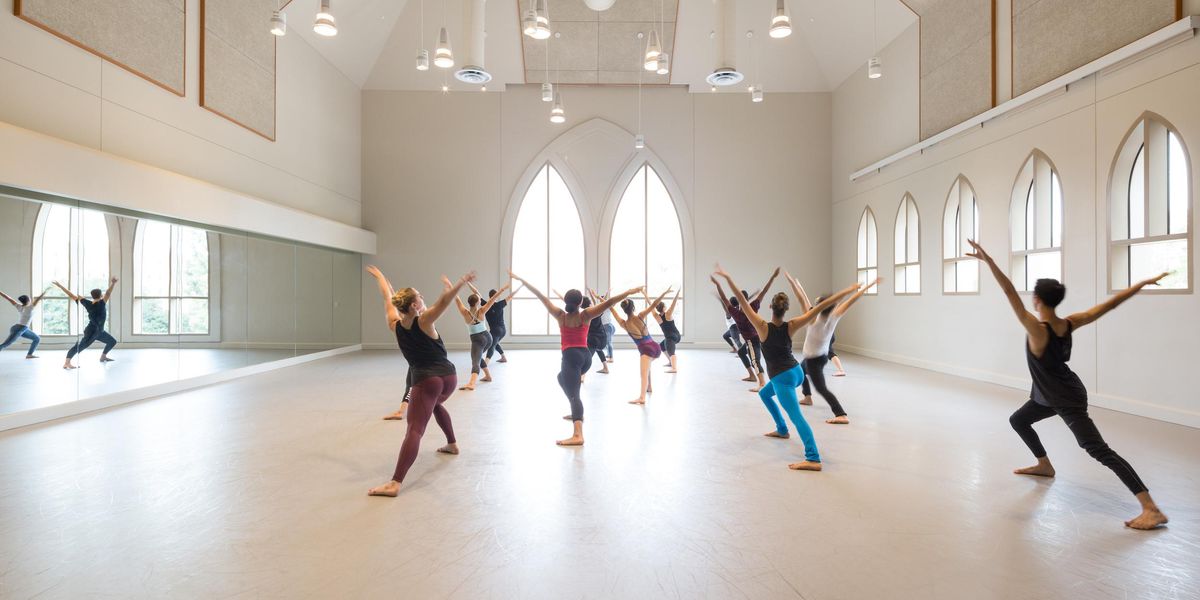Transitions
Angel Corella and Ethan Stiefel retire
Angel Corella.
Photo: Rosalie O’Connor, Courtesy ABT.
When Angel Corella gave his farewell performance with American Ballet Theatre on June 28, a sold-out audience crammed the vast Metropolitan Opera House. After a half-dozen curtain calls, they reluctantly let him go, still pelting him with flowers at his final bow. “It’s been like a wonderful dream for 17 years,” says Corella. “You wake up and it’s been a lifetime, but it feels like only a flash in the night.”
Corella first dazzled at ABT as a 19-year-old prodigy, joining the company in 1995 after winning a gold medal at the Concours Internationale de Danse. Trained at the Victor Ullate School of Dance in Madrid, his bravura technique and trademark grin made him a natural crowd-pleaser from the start.
Corella, 36, was often paired with Paloma Herrera in his early years at the company. Audiences went wild for their youth, exuberance, and competitive third-act fireworks in ballets like Don Quixote. As Corella’s artistry developed—he was promoted to principal in 1996 and notes with pride that he is the first Spaniard to have achieved that rank—he became an expressive and sensitive dancer, solicitous in his partnering. And it was Herrera, herself an artist who has evolved over the years, with whom Corella danced his final performance at ABT, as Prince Siegfried in Kevin McKenzie’s production of Swan Lake. It was a role that McKenzie had tailored to Corella, adding a solo and several passages that tapped a subtle melancholy in the dancer.
Corella’s appearances at ABT have been rare since 2008, when he launched what is now Barcelona Ballet, Spain’s only major classical company. While it has been challenging to steer his troupe through the vicissitudes of Europe’s financial crisis, he has committed himself to a full-time role as director and occasional dancer. “When you’re dancing, the rewarding part is right away,” he says. “When you are teaching, it’s double the pleasure and fulfillment in the end. When you tell a dancer something and they understand and do it amazingly, it’s almost better than when you do it.”
Looking back on his ABT years, Corella feels no regrets. “ABT made me who I am as a man, as a dancer, and now as a director. They took a little boy from Spain who spoke no English, and turned him into an adult who had everything to dance and amazing choreographers to work with. All I wanted was to reflect my love of dance and of life onstage. All I wanted was the audience to dance with me.” —Hanna Rubin
Ethan Stiefel.
Photo: Rosalie O’Connor, Courtesy ABT.
The ballet world grew dimmer on July 7 when the Metropolitan Opera House curtain descended over the brilliant performing career of Ethan Stiefel. An artist of vigor, wit, and versatility, he was equally dynamic in classical and contemporary works, performing with what Terry Teachout, writing for Time Magazine, called “a casual virtuosity and unmannered grace worthy of Fred Astaire.” Such grace belied explosive technique, and his on- and offstage charisma launched him among the brightest ballet stars of his generation.
Stiefel’s artistry arose from a deeply American sensibility, and his story begins in the heartland. The son of a prison warden and a schoolteacher, he was born in Pennsylvania and grew up mostly in Wisconsin, where he first forged a love of dance (and the Green Bay Packers). He trained summers at Baryshnikov’s School of Classical Ballet (where he befriended a kid named Sascha), and studied under Stanley Williams at the School of American Ballet. He joined New York City Ballet at 16 and by 21, following a stint with the Zurich Ballet, was promoted to principal. Two years later, eager to expand his repertoire with more full-length classics, he migrated west across the Lincoln Center plaza to ABT.
Stiefel performed the quintessential ballets in the male canon and created numerous roles; made guest appearances with world-class companies; and won myriad awards, including the Dance Magazine Award in 2008. He employed a wide variety of media, including television and film, to deliver dance to a diverse audience. To his peers, he offered support and inspiration—through his talent, work ethic, and lust for dance and life. He embraced every opportunity to nurture younger dancers, as a director, teacher, and colleague. He established a touring ensemble and summer school, and revitalized the University of North Carolina School of the Arts during his four-year tenure as dean of the School of Dance. He recently began to design, stage, and choreograph ballets.
Last year, he signed on as artistic director of the burgeoning Royal New Zealand Ballet. The company struck gold a second time when Stiefel’s fiancée, the beautiful Gillian Murphy, joined the roster as principal guest artist.
For 23 years, Stiefel tore across the landscape of ballet, offering exhilarating vistas along the way. Although he has taken his final bow at ABT, his contributions to the art form continue with spirit and vision. The grandest vistas may be yet to come. —Sascha Radetsky





